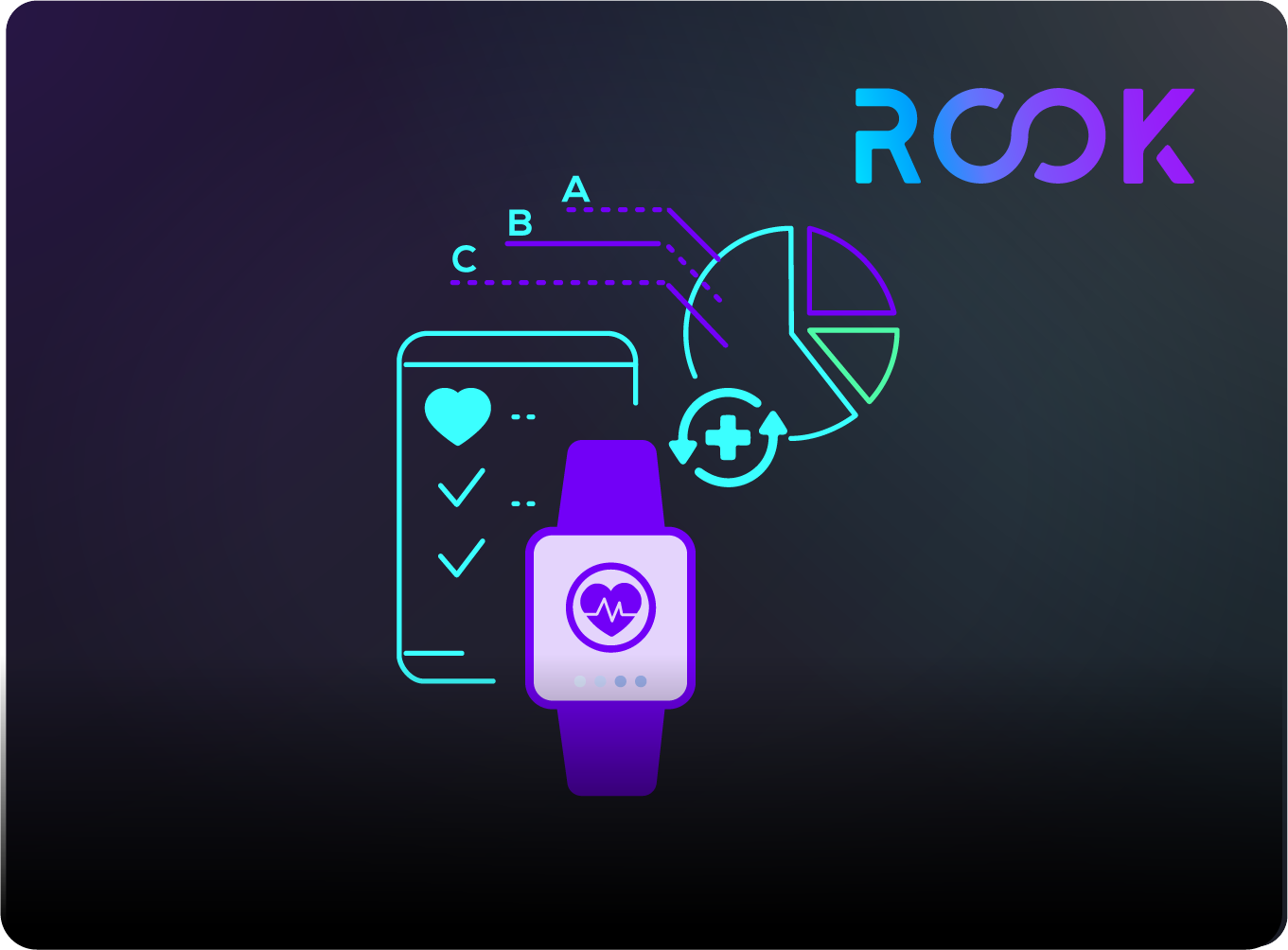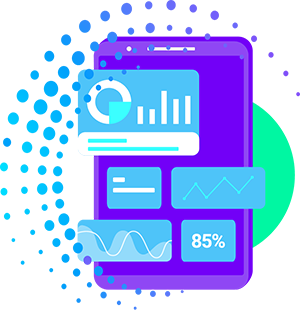How Wearables are Transforming Menstrual Cycle Tracking
In recent years, wearable technology has evolved far beyond step counts and heart rate. Today, devices like smartwatches, rings, and fitness bands are unlocking new ways to monitor hormonal cycles, fertility windows, and menstrual patterns—non-invasively and at scale.
For companies building women’s health platforms, fertility tools, or cycle-aware wellness products, wearables offer an unprecedented opportunity: continuous, real-world data that makes menstrual health more visible, personal, and predictive.
Why menstrual cycle tracking matters
Menstrual cycles are not just about reproductive health—they impact energy levels, sleep, mood, training capacity, and more. Still, many cycle-based changes are under-reported or misunderstood due to stigma or lack of data.
Accurate period prediction and cycle tracking can support:
Fertility awareness and planning
Personalized training and recovery programs
Mood and symptom management
Chronic condition monitoring (e.g. PCOS, endometriosis)
Cycle-aware digital therapeutics
Improved inclusivity in product design
For digital health and wellness platforms, integrating menstrual intelligence is no longer optional—it’s expected.
What wearables can measure to support menstrual tracking
Several physiological signals captured by wearables are directly or indirectly influenced by the menstrual cycle. These include:
1. Body temperature
Basal body temperature (BBT) typically increases after ovulation due to rising progesterone.
Continuous temperature sensors (e.g. in Oura Ring, Fitbit, Apple Watch Series 8+) enable more accurate tracking than manual thermometers.
2. Resting heart rate (RHR)
Slight increases in resting heart rate are often seen in the luteal phase of the cycle.
3. Heart rate variability (HRV)
HRV tends to decrease during the luteal phase and increase again in the follicular phase.
4. Respiratory rate and sleep patterns
Hormonal changes can impact sleep quality, duration, and breathing rate.
5. Activity and energy levels
Fluctuations in motivation, endurance, and perceived effort can align with hormonal phases.
With access to this data over time, algorithms can learn individual patterns and build predictive models for period onset, fertile window estimation, and cycle phase detection.
How cycle prediction works with wearable data
Cycle tracking algorithms typically combine:
User-reported data (period dates, symptoms, flow intensity)
Sensor data (temperature, heart rate, HRV, etc.)
Statistical modeling (pattern recognition across cycles)
Machine learning (personalized prediction over time)
When normalized and cleaned properly, wearable data allows for:
Detection of ovulation signals
Adjustment of cycle predictions based on physiological patterns
Dynamic forecasting of symptoms and mood
This is especially powerful for users with irregular cycles, hormonal disorders, or those looking to avoid manual tracking.
Challenges to consider when building with wearable cycle data
Cycle tracking with wearables is promising—but not without challenges:
Data variability: physiological signals can be noisy or influenced by non-cycle factors (e.g. illness, travel, sleep deprivation)
User diversity: age, hormonal status, birth control, and health conditions affect cycle patterns
Privacy and sensitivity: menstrual data is personal and must be handled with strong consent and compliance frameworks
Device fragmentation: different wearables capture different metrics with varying sampling rates and accuracy
That’s why building reliable, scalable solutions requires clean, harmonized data across devices—and that’s where ROOK helps.
Final thoughts
Menstrual cycle tracking is becoming a core part of personalized health. With wearables capturing relevant physiological signals passively and continuously, we're entering a new era of cycle intelligence—one that supports autonomy, accuracy, and deeper health understanding.
But the key to unlocking this future is data you can trust—normalized, unified, and ready to scale.




